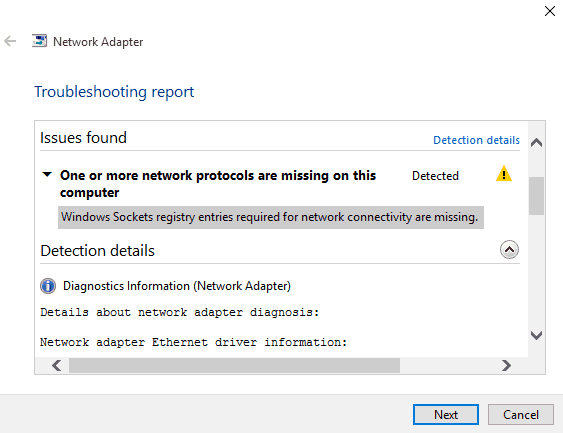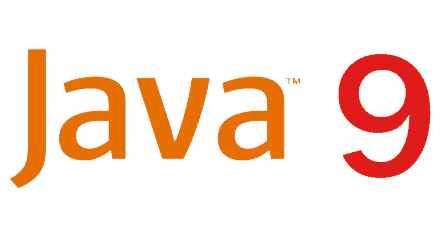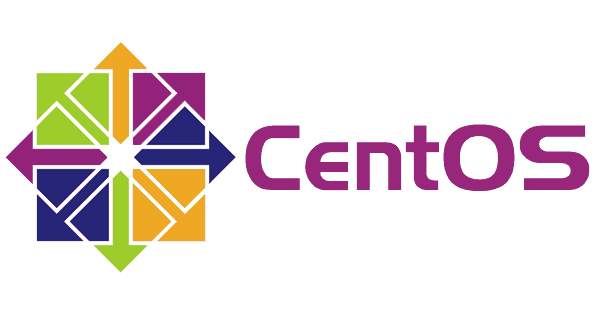Windows socket registry entries required for network connectivity are missing
This tutorial will show how to solve the “Windows socket registry entries required for network connectivity are missing” error.
The Problem
I ran into this error for the time whilst using one of my Windows 10 machines. That said, this solution is certain to work in Windows 10 environments, but it is possible to work in future releases with a similar architecture.
The first thing I noticed was an alert over my Windows’ task bar connection icon. After that, I was unable to access any website like I had no internet connection at all:

Then, I tried the Windows’ network diagnostic tool in order to solve this issue, which printed the following report:





